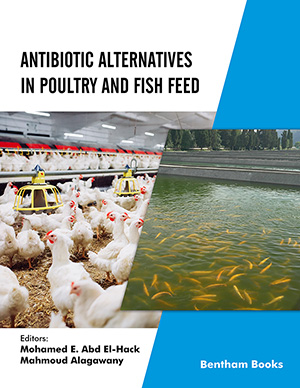Abstract
This article reviews recent literature on the usage and relevance of garlic and its bioactive components in controlling diabetes and diabetes-associated pathologies; and also updates recent patents on the subject. Antidiabetic effect of garlic is well documented even in ancient medical literature. Garlic and its active ingredients have been extensively studied for their antidiabetic efficacies in either experimentally induced or genetic animal models of diabetes. Human studies are also available where hypoglycemic effect of garlic was reported. The beneficial effects of garlic are mainly attributed to the presence of volatile sulfur compounds like alliin, allicin, diallyl disulfide, diallyl trisulfide, diallyl sulfide, S-allyl cysteine, ajoene and allyl mercaptan. Garlic and garlic extracts have been shown to be effective in reducing insulin resistance. Therefore, considering the importance of garlic in controlling diabetic complications, several preparations and food processes containing garlic have been patented. This review discusses some of the recent progresses made in this field and consolidates the results.
Keywords: Allicin, Allyl mercaptan, ajoene, animal studies, diabetes, Garlic, human studies, patent, S-allyl cysteine
 41
41


















